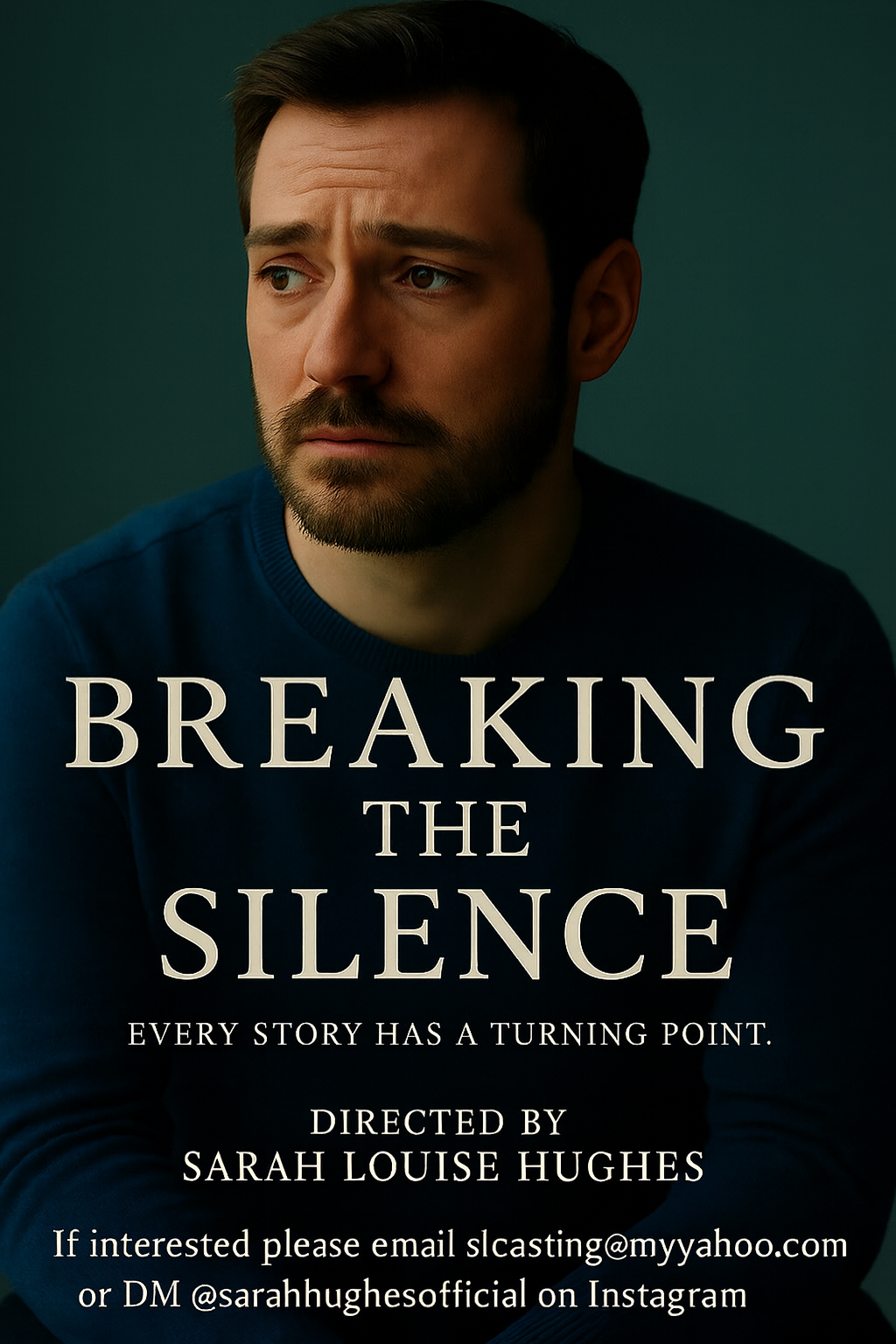Midlands Review of Non-Transferable
midlandsmovies • January 10, 2021

Non-Transferrable
Directed by Jack Veasey
2021
“You managed to get out”.
The psychological effects of crime and rehabilitation are two of the broad themes in a short new thriller film from Midlands writer-director Jack Veasey.
The opening begins with echoing gun shots before we are introduced to our protagonist John (Andre-Pierre) who awakens and heads to the bathroom. Here we see a medical colostomy bag showing a past injury and the film sets up an intriguing premise as to how this may have occurred.
A lonely man, John briefly reflects on a table full of empty alcohol bottles, showing perhaps some stages of Post-Traumatic Stress Disorder (PTSD). Later our lead enters a barn and hidden in the roof is a small cardboard box containing a phone, a balaclava and a pistol. Alongside this, further inner turmoil from his history manifests itself in a panic attack which is performed well by the lead.
Non-Transferable opens with a mysterious beginning, although for me a slightly faster edit from the outset may have helped. With a no-dialogue slow walk around a flat taking a full third of the run time, a tighter pace would still get the same information over but move the audience to its more dramatic beats. In contrast though, the great camera work and movement keeps the film visually interesting throughout.
Using this concealed phone, John calls a contact, and we discover he needs work with his debts piling up. When John wears the balaclava, we also get a reminder of his unlawful and possibly violent previous life. Yet, as he sits down for a chat with Tyler (Daniel Anderson), his contact explains the terrible consequences if he were to return to his criminal past.
[slight spoiler] It is here where Veasey introduces a nice twist as their conversation takes place with John’s gun pointing at Tyler from the outset, hidden as it is under the table they are talking over. This sequence built up tension yet reminded me of the famous Hitchcock quote about suspense. In summary the acclaimed director explains how an “innocuous conversation becomes fascinating because the public is participating in the scene” by making them aware of something shown to them at the start (he uses the example of a bomb under a table).
It may well have been wise to consider showing us this fact far earlier in the story making every part of their dialogue something that could instigate a violent conclusion.
In addition, much like his previous film Number 23 (our review), Veasey instils his film with some social commentary. In this case, the non-transferable title comes from the admission from John that he doesn’t have any skills to move into regular employment.
And therefore, these ideas fold into the ending which spirals the story back in another direction. The film possibly suggests there is some inevitability people can be easily dragged back into a world of crime. Ironically, John may be institutionalised into that way of life, unable to function in the outside world and sees his survival the only way he knows how.
With a mix of dark drama, and a soundtrack that invokes a little of Nolan’s recent Tenet, the film’s technical aspects balance nicely with a slightly elongated story. But it does so with flair and also a smidgen of serious themes which help showcase the talents and verve of both actors. Non-Transferable ends by continuing to show the excellent development of a director more than clued-up in the uneasy and shadowy themes of the crime genre.
Michael Sales





